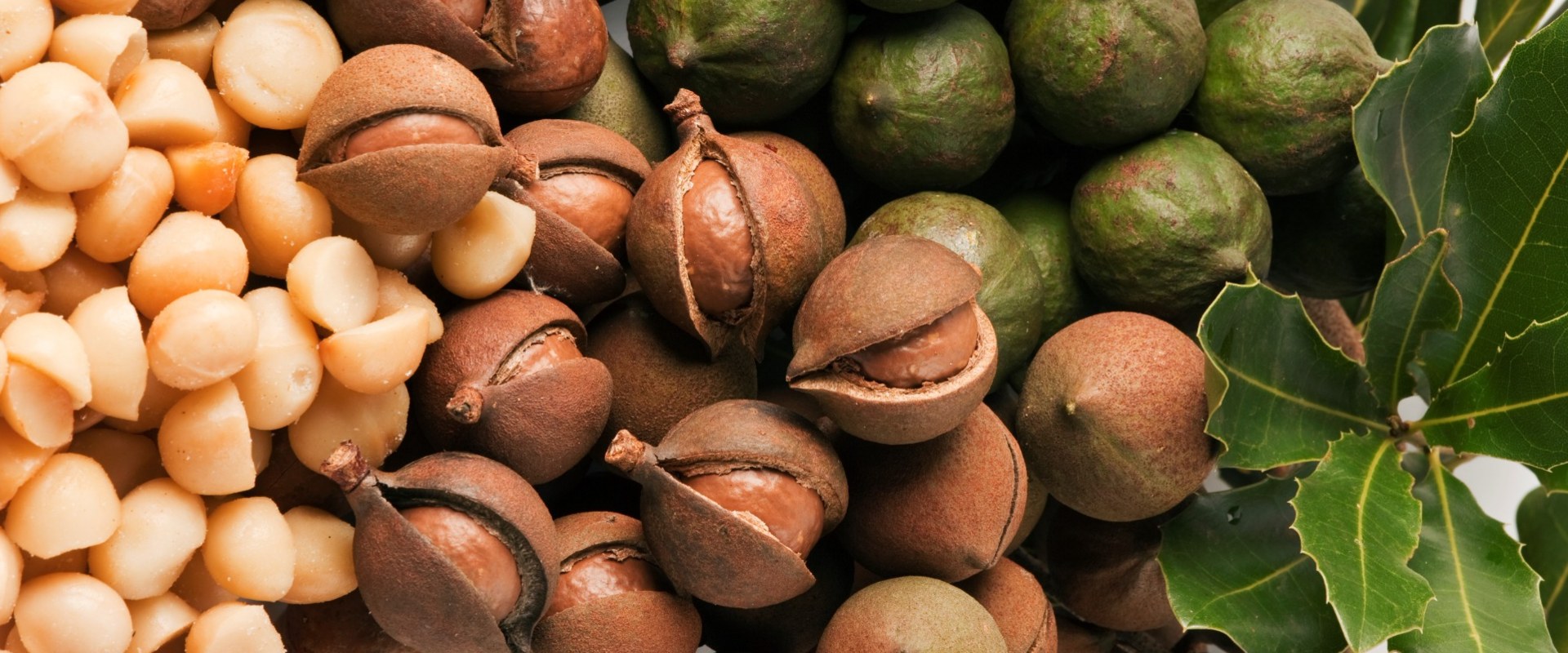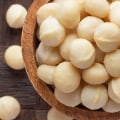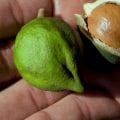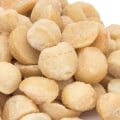Macadamias grow in clusters on trees and need to be processed before you can eat them. To get to the kernel or nut, the shell must first be removed. The beans are then ripened and dried to achieve that characteristic crunch. While macadamia nuts originate and are cultivated in Australia, commercial production occurs primarily in Hawaii.
Some countries in Latin America, Africa and Asia also grow macadamia nuts, while the trees are found in California and Florida for the continental United States. Growing macadamia nuts from seed isn't difficult, but you'll find that the resulting trees are variable. They may not produce fruit or may produce a nut slightly smaller than that of the parent tree. However, you might be lucky and get a fruit tree in 5 to 10 years.
Species in the genus Macadamia have changed little over the last 200 years or so since von Mueller identified the first species. Macadamia nuts are harvested manually after they fall, which occurs eight to nine months a year in Hawaii (July to March). Most commercial trees are raised from rootstocks that increase plant health and resistance to pests and diseases, but you can try planting macadamia seeds for a chance to produce a tree. Ingesting more than 2 g of macadamia nuts per kilogram of body weight can cause a wide range of symptoms, such as vomiting, weakness, fever, tremors or depression.
Macadamia doesn't produce true seeds, which means that while you can plant a ripe grain, it won't produce a plant that looks exactly like the original. The pink flowers precede an ample supply of small and medium-sized nuts with shells thin enough to break them with a standard nutcracker. Although the shell accounts for most of the weight of the macadamia nut, since the average recovery rate of Hawaiian kernels was around 23.5 percent between 1989 and 1990, an improved cracking system, together with better shell separators and grains cultivated with high grain content, could increase the recovery rate to 35 percent. Birds like galas and cockatoos love macadamia nuts as much as humans do, but over time the trees can grow too big to use nets.
As they are native to the northeastern region of New South Wales and southeastern Queensland, macadamias prefer frost-free environments where the temperature does not exceed 40°C. To avoid losses caused by mold, germination and animal damage, macadamia nuts should be harvested at least every four weeks during rainy weather, although they don't need to be harvested as often during the weather dry. The kernel, which is the main product of the macadamia nut tree, is roasted in oil or dry-roasted after the peel is removed. Anyone who wants to grow macadamia nuts in their garden or patio should be prepared for a long-term commitment, as trees can take up to a decade to grow and tend to grow better in tropical regions.
The macadamia nut tree is a medium-sized, fast-growing evergreen tree with dense dark green foliage that comes from Australia. According to the Handbook for Macadamia Nut Growers published by the Queensland government, a mature tree can consume up to 350 liters, or about 92 gallons, of water per week in hot, dry climates.




Leave Message